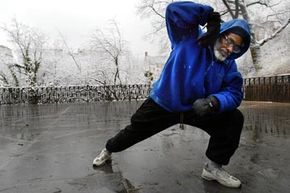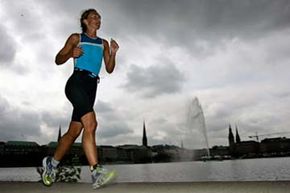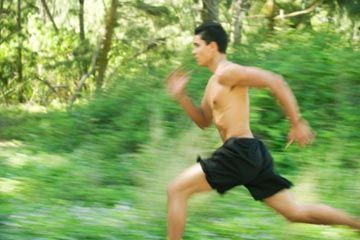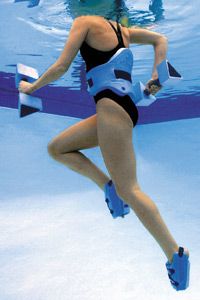Most folks, regardless of what kind of condition they are in to begin with, can get in good enough shape to run a couple of miles without stopping. Just a few weeks of running can build stamina and increase overall health, which is probably why jogging is such a popular way for people to get -- and stay -- in shape.
But as runners build up their mileage, the finer points can make a big impact over the course of a long run. Highly engineered shoes, ergonomically designed headphones and high-tech clothing have become the hallmarks of distance runners who want everything they do to benefit their performance.
Advertisement
One of the most overlooked variables of running performance is technique. Using the most efficient, least punishing form can improve performance, make running more enjoyable, preserve the body and add longevity to a running career.
Pose running and ChiRunning are two techniques that emphasize proper form for increasing efficiency and reducing the risk of injury. Briefly, pose running stresses the importance of position and balance in achieving the ideal form, and the ChiRunning technique is based on improving posture, reducing the strain on muscles and focusing on the mental aspects of performing.
In this article, we'll discuss the techniques and philosophies of pose and ChiRunning, and look at the similarities and differences between each.
Advertisement



